A12
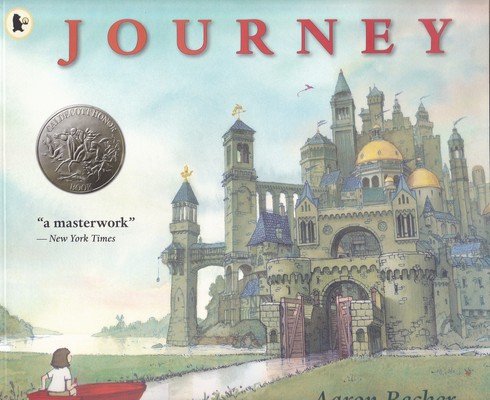
Picture books as initiative for different language tasks (dramatization, role plays) and active learning using multiple senses. 1 ) focus on isolated scenes, b) miming, c) imagining what comes next, d) setting a plot for the pictures, e) observation games
Aim: Supporting language through illustrated books
The successful assimilation of textless visual books is the result of an active construct of concepts. The lessons offer children methods so that they can learn to strategically take in images and their sequence.
Visual Literacy skills: skills necessary in image perception, construction of the action and dealing with the content of the depicted plot. The acquisition of linguistic competence is based on the narrative of images, through discussion and theatrical presentation. This makes it possible to develop the vocabulary and compile complex propositions. This applies both to children whose mother tongue happens to be the language of communication and also to children who learn the language of communication as a second language, as well as to children with special linguistic needs.
The story can be narrated, as well as depicted in images and the action is will be received through role-playing activities.
INSTRUCTIONS
- Make copies of the selected pages the story. Different pages are given to different small groups of children.
- Children in their groups study the page and mime the scene. They use their bodies and present the content of the image. They choose: a «frozen» image, a miming without speech presentation or a role-play.
- Different scenes are presented to the whole class and children discuss which part of the story is presented in front of them.
- Children try to find the sequence of images in the story. The illustrated book takes advantage of this level and offers several stimuli to solve the plot's riddles in a detective way. Children can discover puzzles in the sequence of images.
- After comprehending and telling the evolution of the story, the content of the plot begins to be examined. The following reasoning can be added into the mix: ‘How could the story have developed differently?’ Children are encouraged to accept and change the perspective. Tips: Dialogues should incur over parts of images or through role play.
Example:
• A critical scene of the book will be copied and cut, glued to a paper, and text bubbles will be filled. The children will be writing in the bubbles what they would say, assuming the role of a mouse or a dog. Children who cannot write, will be working in pairs coming up with what they would say. The written or oral expressions are then read or expressed in an open way.
• A discussion of the lesson follows. Children go over possible developments of the scene. Through role-playing different solutions are formulated.
• Individual child constructions come next: They devise alternative ways of continuing the story in the form of drawings, without knowing the predetermined ending of the books.
• Presenting the pictures is followed then, by a discussion over the benefits and downsides of end-of-story suggestions.
• The children’s suggestions are discussed in a group and put side by side with the development of the plot in the illustrated book.
GOOGLE DOC FILE TO SEE THE ILLUSTRATED BOOK
JOURNEY BY AARON BECKER
https://drive.google.com/drive/folders/1wNceHAUb3zUhuXA1J9Kv3BMNcOdvLAa2?usp=sharing
PDF. SPAIN: WORKING WITH THE PICTURE BOOK "JOURNEY"
erasmus+ a12 SPAIN.pdf
=============================================================
CYPRUS- AGIA MARINA K.A, STROVOLOS, NICOSIA
Once upon a time... a drop of water...
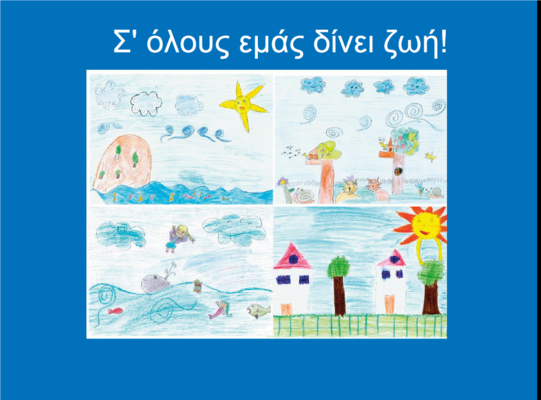
This is the story book of a drop of water written and illustrated by children of the 1st grade
PARAMYTHI NEROU.pdf
--------------------------------------------------------------------------------------------------------------
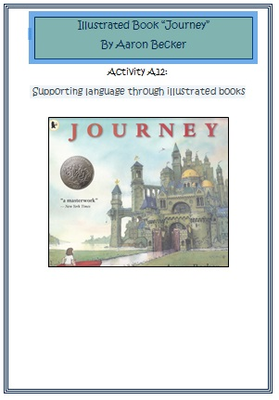
Wales: The Journey.pdf
GREECE
The illustrated book in three languages
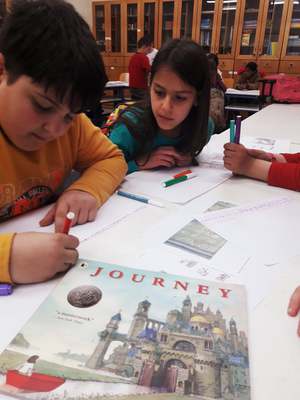
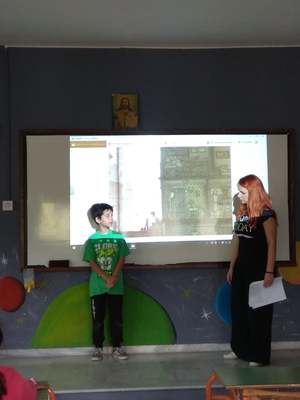
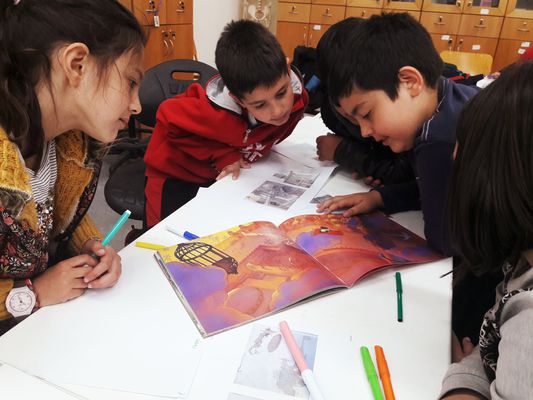
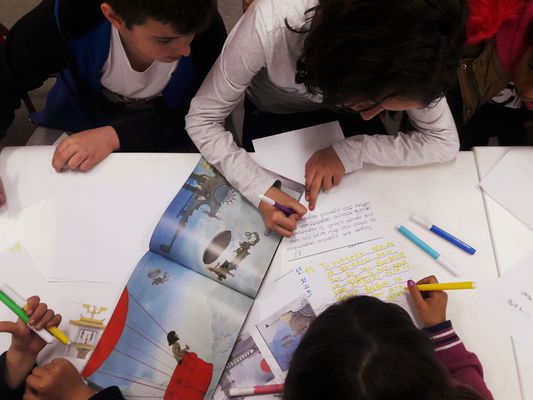
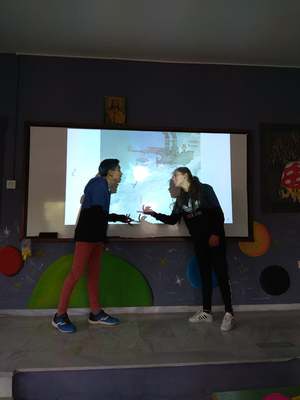
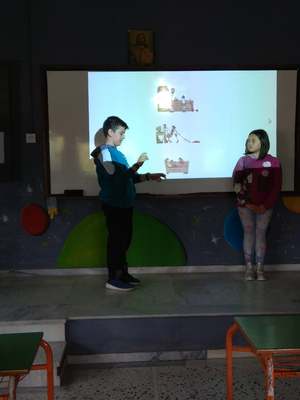
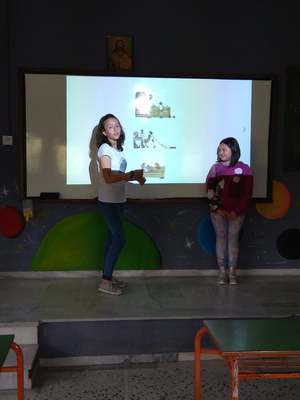
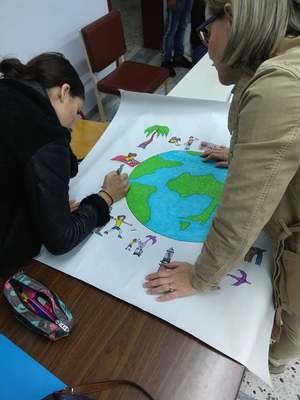
A12 - ROMANIA, Picture Book (Hamdmade book)
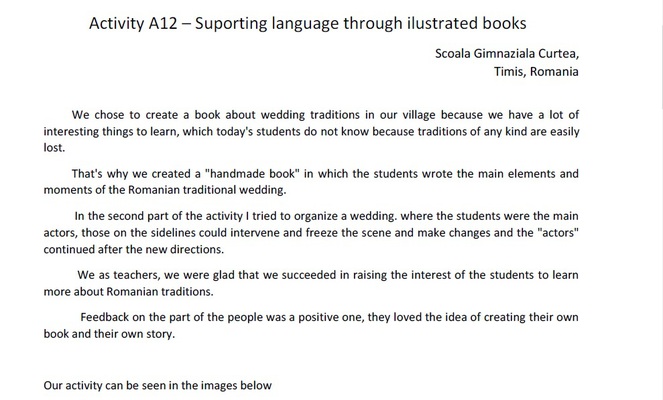
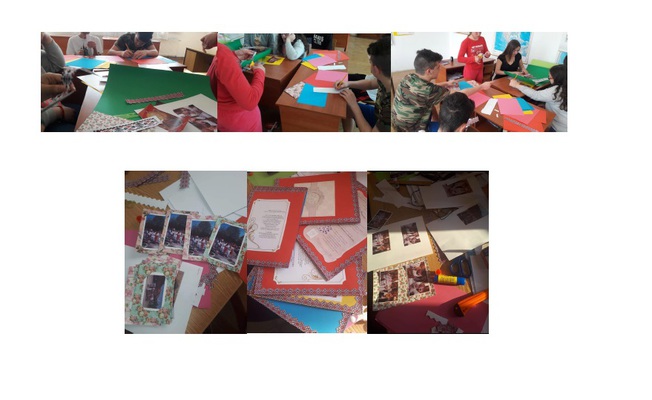
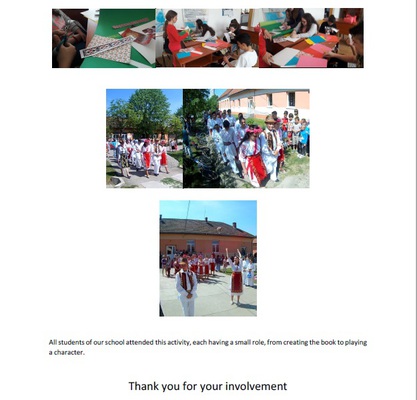
A12 –Suportting language through ilustrated books
ZŠ Nádražní, Ostrava, Czech Republic
We chose to create a book about old myths and legends.
At first we divided students into small groups and we gave them different pages from the book. They used the pictures to mime the scene, They were not allowed to talk.
In the second part of the aktivity the children tried to paint the scene they had seen before.
Finally they were thinking about pictures and they had to create sentences fitting to the pictures.
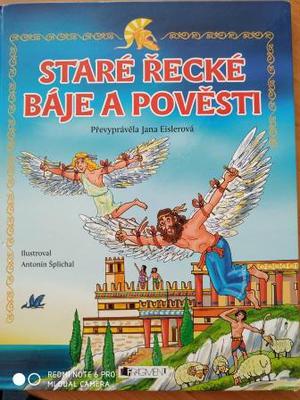
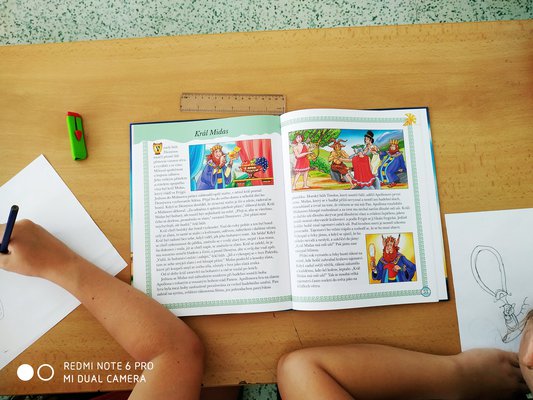
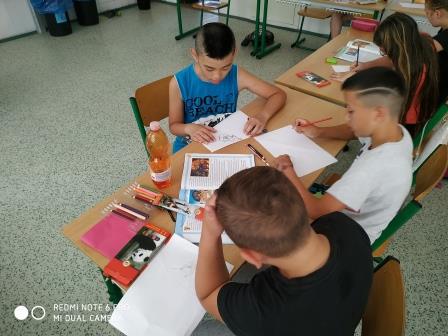
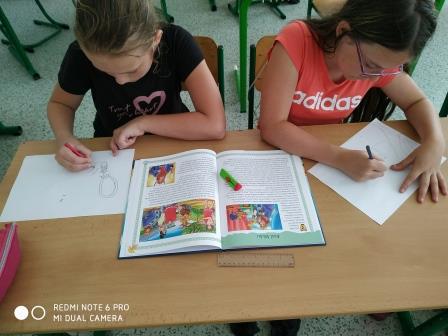
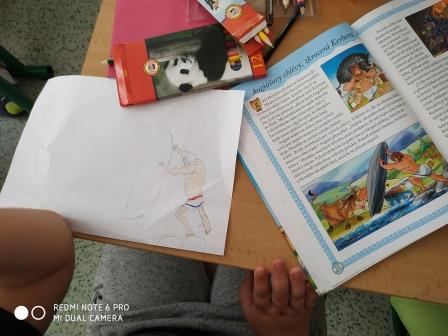
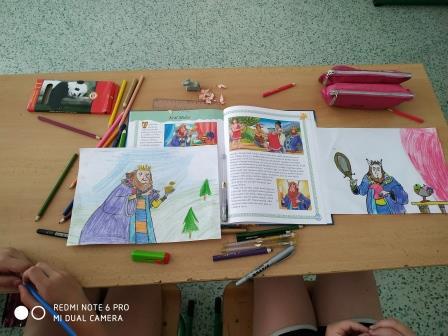
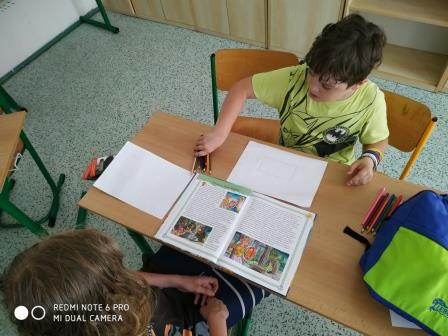
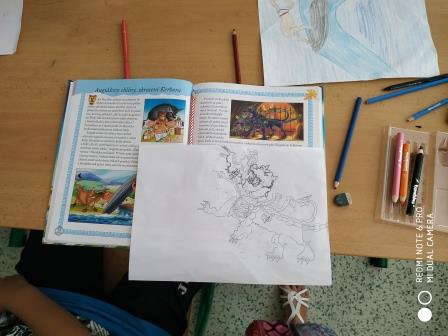
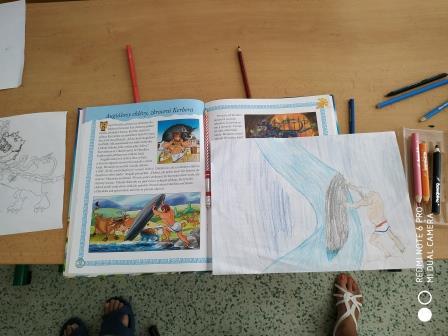
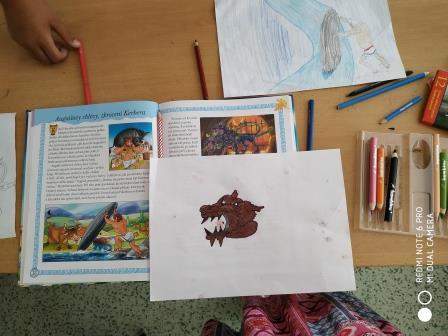
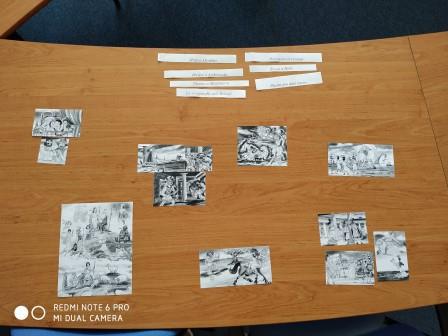
Students loved those activities and they enyojed the work together.